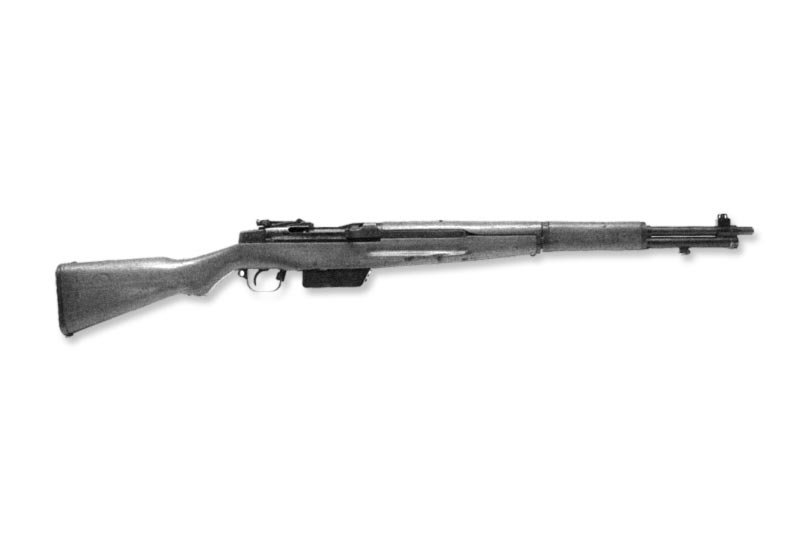

However, guns were getting scarce and their main military opponent, the United States, had replaced their bolt weapons with modern semi-automatic rifles. There were several problems with jamming and feed systems, which also delayed its testing.ĭuring the Second World War, Japanese soldiers relied on bolt-action type rifles. However, none of the rifles entered into service before the end of World War II, with only 250 being made, and many others were never assembled. The Type 4 had been developed alongside several other experimental semi-automatic rifles. Where the Garand used an en-bloc clip, the Type 4's integral magazine was charged with two 5-round stripper clips and the rifle also used Japanese-style tangent sights. It was based on the American M1 Garand with an integral 10-round magazine and chambered for the Japanese 7.7×58mm Arisaka cartridge. The Type 4 Rifle, often referred to as the Type 5 Rifle, (Japanese: 四式自動小銃 Yon-shiki Jidōshōju) was a Japanese experimental semi-automatic rifle. For more guidance, see Wikipedia:Translation.ġ0-round internal box magazine loaded via two 5-round stripper clips.You should also add the template to the talk page.

A model attribution edit summary Content in this edit is translated from the existing Japanese Wikipedia article at ] see its history for attribution.

Do not translate text that appears unreliable or low-quality.Consider adding a topic to this template: there are already 2,663 articles in the main category, and specifying |topic= will aid in categorization.Machine translation like DeepL or Google Translate is a useful starting point for translations, but translators must revise errors as necessary and confirm that the translation is accurate, rather than simply copy-pasting machine-translated text into the English Wikipedia.View a machine-translated version of the Japanese article.


 0 kommentar(er)
0 kommentar(er)
